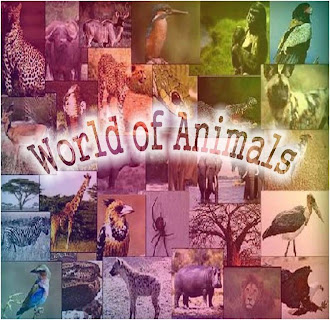Early written records described the giraffe as "magnificent in appearance, bizarre in form, unique in gait, colossal in height and inoffensive in character." Ancient cultures in Africa revered the giraffe, as some modern cultures do today, and commonly depicted it in prehistoric rock and cave paintings. Unknown outside of Africa, this animal so excited man's curiosity that it was sometimes sent as a diplomatic gift to other countries; one of the earliest records tells of a giraffe going from "Melinda" (presumably Malindi) in Kenya to China in 1415. The animal was thought to be a cross between a camel and a leopard, a mistake immortalized in the giraffe's scientific name of Giraffa camelopardalis.
The giraffe is the tallest living animal, uniquely adapted to reach vegetation inaccessible to other herbivores. Giraffes have a distinctive walking gait, moving both right legs forward, then both left. At a gallop, however, the giraffe simultaneously swings the hind legs ahead of and outside the front legs, reaching speeds of 35 miles an hour. It has unusually elastic blood vessels with a series of valves that help offset the sudden buildup of blood (and to prevent fainting) when the head is raised, lowered or swung quickly. Giraffe "horns" are actually knobs covered with skin and hair above the eyes that protect the head from injury.
Habitat
Giraffes are found in arid and dry-savanna zones south of the Sahara, wherever trees occur
Behavior
The giraffe is non-territorial and social; it lives in very loose, open herds with no specific leaders or coordination of herd movement. This structure reflects that a giraffe’s size makes a “safety in numbers” tactic unnecessary, and that the trees they feed on tend to be spaced apart. Dominance between males is established by “necking”—swinging heads at one another in tests of strength.
Nursery groups of young animals are left alone together during the day while their mothers feed. The 6-foot-tall calf grows rapidly as much as an inch a day. By 2 months the young giraffe is eating leaves and at 6 months is fairly independent of its mother. A young giraffe can even survive early weaning at 2 or 3 months. Although few predators attack adult giraffes, lions, hyenas and leopards take their toll on the young. Scientists report that only a quarter of infants survive their first year of life.

